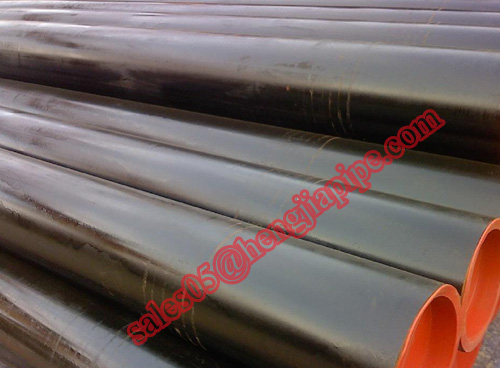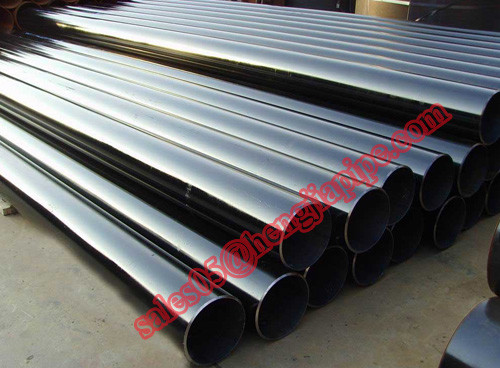The industrialization of "green tires" has become a key task for China's related industries in the coming years. This is based on the “Green Tire†industry research and research project to conduct a variety of investigations on some domestic tire companies, automobile manufacturers, transportation units, and related scientific research and experimental research units, from product indicators, production processes and equipment, and raw material applications. Analysis of energy and environmental protection and other aspects, combined with several exchanges within the industry, and after examining the development of foreign countries in the "green tires", reached the conclusion.
Most companies tend to implement tire labeling in China
A survey conducted in China on the tire labeling system revealed that 10 Chinese representative companies tend to implement a tire labeling system.
The investigation and research believes that in terms of tire noise, various types of products currently exported to the European Union can basically meet the requirements of the first stage, but some tire patterns are limited. To reach the second phase of the EU standard, most tire tread patterns need to be Improve and improve. Under the conditions of domestic use, especially in the category C3 products, it is difficult to balance the noise requirements of tires, and the same situation exists in terms of tire rolling resistance.
In respect of tire wetland grip, most of China’s products are performing better, and a considerable number of products have even reached class A or B levels. It is worth noting that due to the need of tire noise indicators, the improvement of the pattern will greatly affect the wetland grip performance of the tire. Therefore, taking into consideration and improving these three indicators, the technical difficulty remains high.
In general, for C1-type tires, after passing through 2012-2015 three years or so, through the improvement of quality of this type of products, most of the tires used in China can meet the requirements of the first stage of the EU, and will reach the level of 2018. All conditions of the second phase of the EU.
For C2 and C3 tires, the promotion of domestic environmental impact is not optimistic. After three to five years, more than 50% of C2 tires used in China can meet the requirements of the first phase of the EU. By 2020, More than 50% of C3 tires used in China can meet the requirements of the EU's first phase.
"Green tires" still have difficulties in industrialization in China
Process and equipment aspects, including new cryogenic continuous smelting, nitrogen sulfidation and other new vulcanization processes, semi-finished products for pre-vulcanization, automation and information technology, have been developed in some companies and new projects, but the entire industry is currently There is still a big gap between technological equipment and advanced international companies, especially in terms of overall integrity.
With respect to raw materials, the level of localization of main raw materials for “green tires†products is still not high, and some key technologies need to be improved, but domestic related companies are developing rapidly. To realize green production in an all-round way, similar requirements to REACH are implemented in China, and some large companies have already made corresponding preparations. However, for most SMEs, technology and production costs will be tested.
In terms of energy consumption and environmental protection, according to the results of the survey, according to the relevant laws and regulations of the country, almost all enterprises can meet the current limited targets, and new projects can also meet the required access standards. However, nearly half of the companies are unable to meet the advanced targets set by the green production target. In addition, due to the different ways in which companies use new energy sources, the statistical caliber needs to be further unified.
At present, China's own green tire test and certification conditions are not yet available, mainly the lack of road test tire test field. Although there are already positive actions in this area, it will take a long time from implementation to acceptance to the availability of qualifications, and the process must be further accelerated.
ERW PIPE is high-frequency Electrical Resistance Welded Steel Pipe,The hot rolled coil is formed by forming machine,use the skin effect and proximity effect of high frequency current,make the edge of the tube heat and melted,weld it under the action of the extrusion roller to achieve to produce .
Production OD:21.3-508mm
Nominal Wall Thickness:3.2-15.9mm
Pipe Length: 8-12.5m
Steel Grade:API Spec 5 L A,B,X42-X80
API Spec.5L, ISO3183, China GB/T9711 etc. and the additional technical speciï¬cation required by the end user.
The ERW pipe is widely used in long distance pipeline project for transmission of oil, natural gas, water, coal gas, mineral slurry etc., and also is applied in engineering such as chemical industry, electric power, irrigation, construction and piling etc.


ERW Pipe
ERW Steel Pipe Price,ERW Steel Tubes,ERW Welded Pipes,Carbon Steel ERW Pipe
CANGZHOU HENGJIA PIPELINE CO.,LTD , http://www.hj-pipeline.com